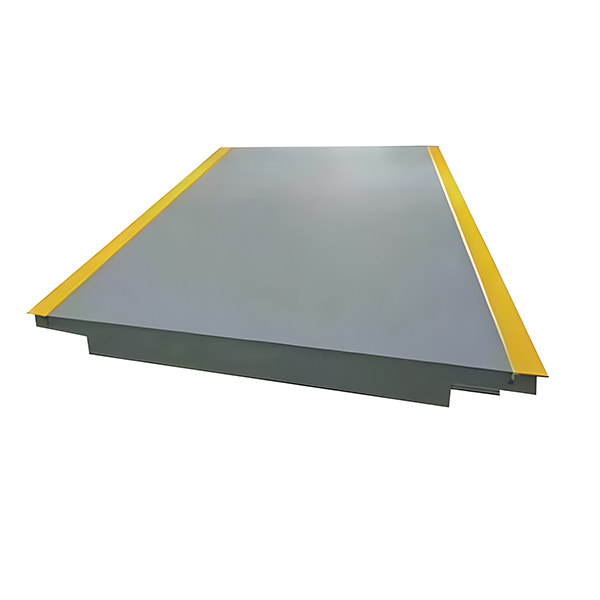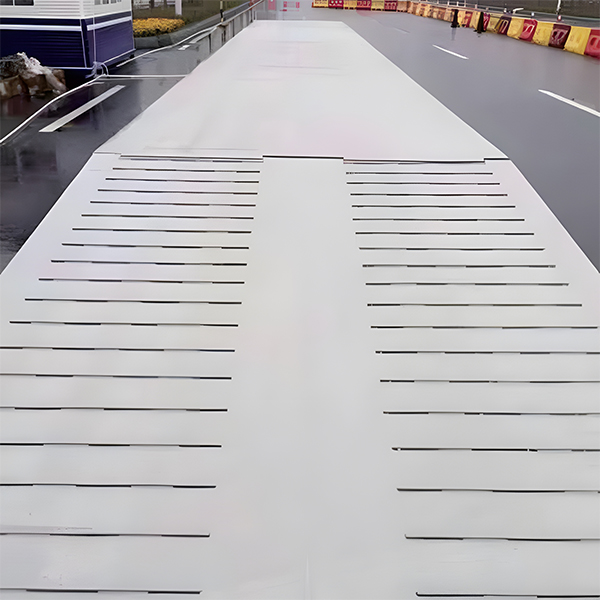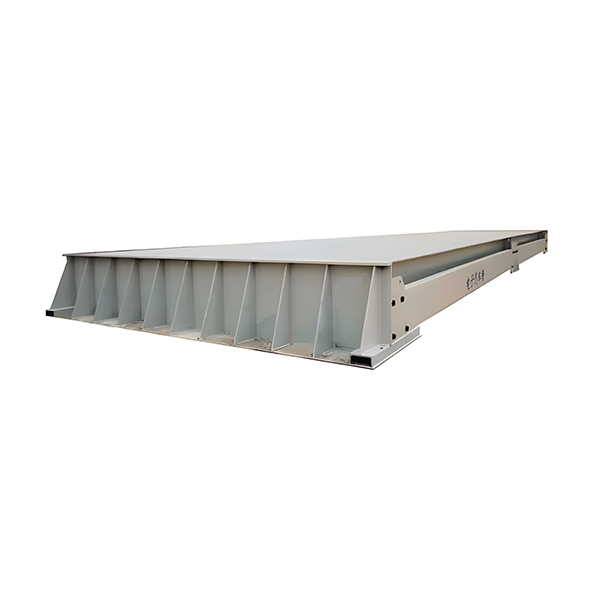Web Menu
Product Search
Exit Menu
How much weight can a truck scale measure?
Truck scales are engineered to withstand massive loads, but their maximum measurable weight depends on integrated structural and technical limits:
1. Core Determinants of Weight Capacity
Structural Design
Platform Material:
Steel decks use reinforced I-beams for high rigidity.
Concrete decks rely on pre-stressed rebar grids.
Support Framework:
Thicker load cell mounts and deeper foundations handle heavier loads.
Load Cell Specifications
High-capacity cells (e.g., shear beam, compression types) rated for extreme force.
Cells are paired with overload stops to prevent damage at 150%-200% of max capacity.
Foundation Integrity
Reinforced concrete bases must disperse ground pressure evenly.
Weak soil (e.g., sand, clay) reduces viable capacity without pilings.
2. Standard Industry Classifications
Light-Duty Scales
Serve delivery trucks, garbage trucks.
Platform thickness: ~8–12 inches.
Medium-Duty Scales
Handle dump trucks, tankers.
Multi-module decks with cross-bracing.
Heavy-Duty/Mining Scales
Built for mining haul trucks, heavy machinery.
Foundations extend ≥10 feet deep with seismic reinforcement.
3. Real-World Capacity Constraints
Dynamic vs. Static Loading
Moving trucks generate impact forces exceeding static weight.
Scales rated for "100-ton capacity" may sustain damage if a 90-ton truck hits the platform at speed.
Axle Load Distribution
Weight concentration on one axle (e.g., poorly distributed cargo) may exceed local platform tolerance.
Environmental Stress
Frost heave or soil erosion undermines foundation support over time, reducing effective capacity.
4. Safety & Regulatory Limits
Engineered Safety Margins
Scales include hidden buffers (e.g., 120% of rated capacity) to prevent structural failure.
Legal Trade Approvals
Government metrology agencies certify scales only up to a stamped maximum.
Weighing beyond this voids compliance, risking fines in trade applications.

-
Add: Building 3, No. 355, Xiangshan East Road, Binhai Economic Development Zone, Cixi City, Ningbo, Zhejiang, China.
-
Tel: +86-18969402526
-
Phone: +86-0574-86817102
-
E-mail: [email protected]

 English
English 中文简体
中文简体





